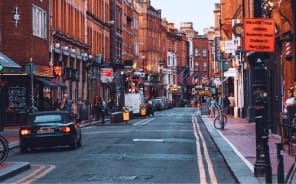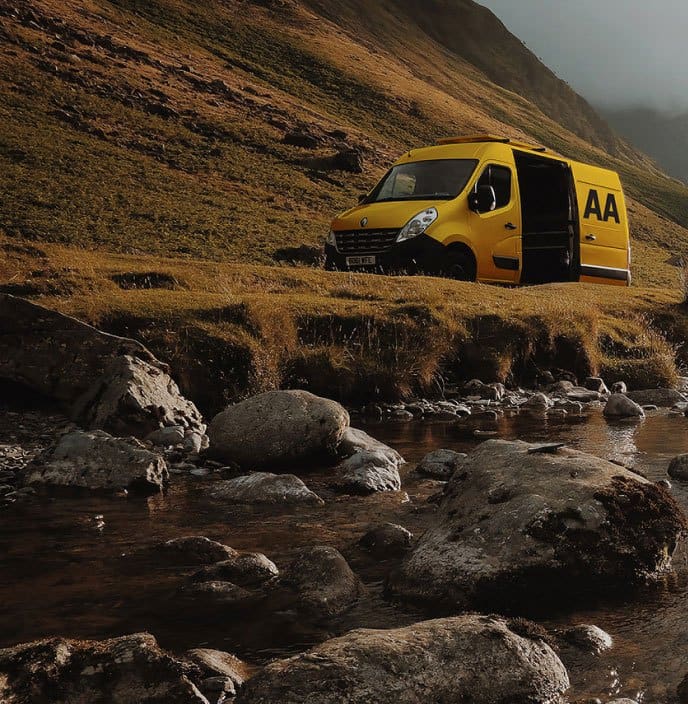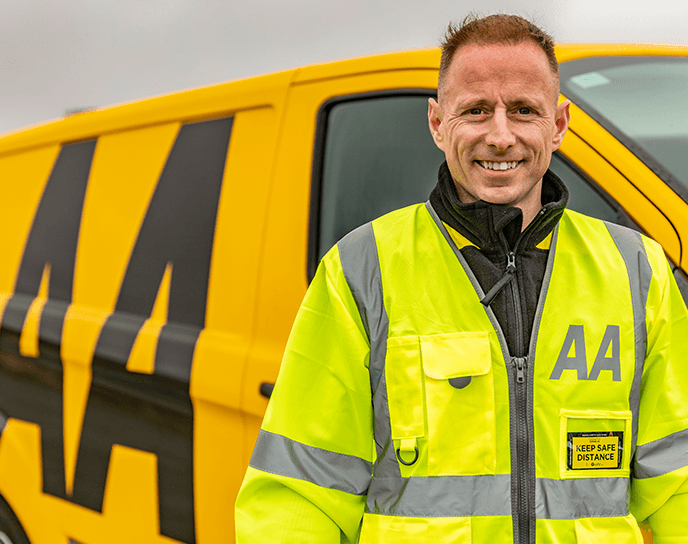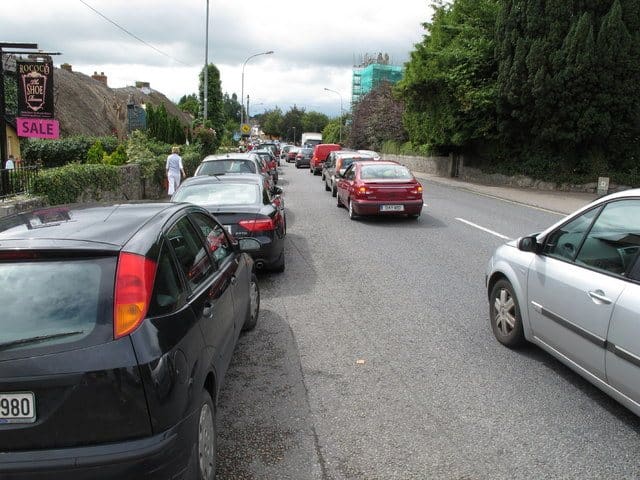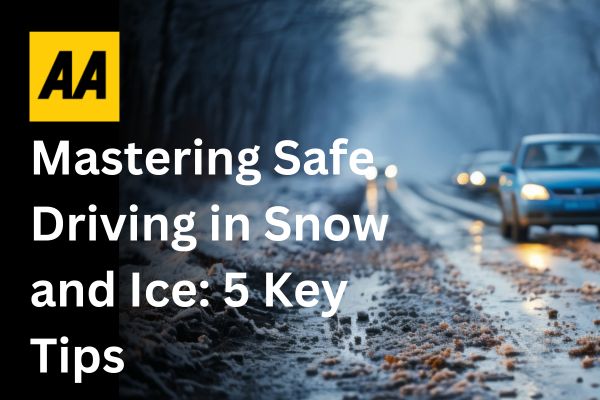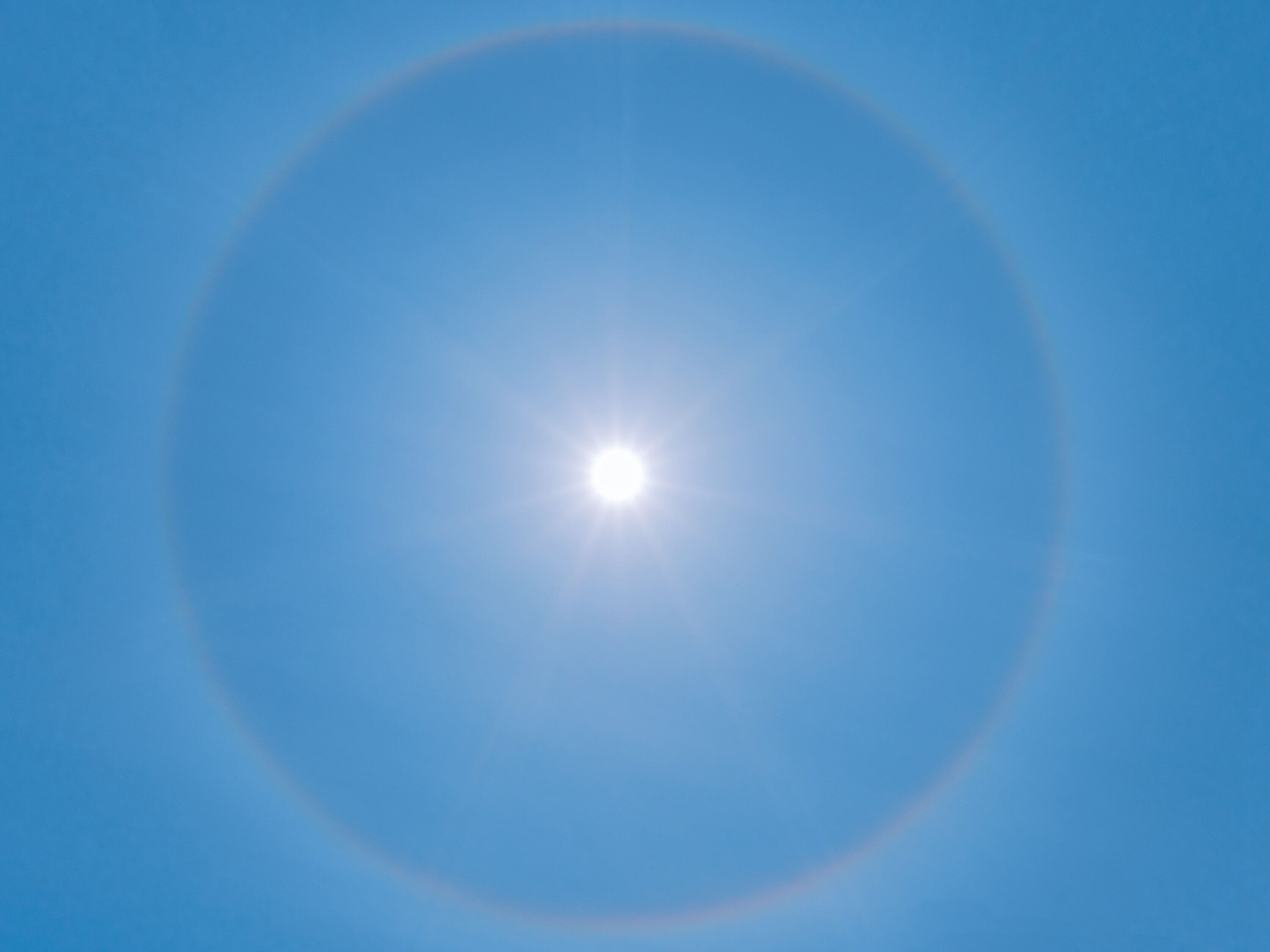We’re getting to that time of year when the last chills of winter are on their way out, and some signs of spring are starting to show. While we’re still a few months away from having a grand stretch in the evening, things are looking a little different out there on our roads.
The change in seasons also brings with it unexpected changes in behaviour from motorists who might not be as good at adjusting to the changes in weather, especially at night.
If you’ll be on the roads a good bit during the evening and night for the next few weeks, it’s worth taking the time to read our advice on how to be more aware/ better on Spring evenings.
April Showers Means Keeping Your Distance
There are more days in the year in Ireland when it’s raining than it isn’t. At this time of year, it really can feel like we’re experiencing four seasons in a day. And while most cars can handle themselves well in the rain, on those days when it is pouring from the heavens, it is really important to keep as much distance as possible from other cars when driving in heavy rain.
Always remember that if you’re driving on a dry road around 50km/h and have to hit the brakes, your car will still travel around 25m before coming to a stop. On roads where the limit is 100km/h, a car travelling at the speed limit before hitting the brakes will still travel around another 110m. On days when it’s raining, that distance can double.
While you’re not expected to be an expert in measuring distance, on those days when the rain is battering down, just remind yourself that it is always best to keep a reasonable distance from other cars.
Check you’re not blinding other drivers
Most modern cars (i.e. any built from 2011) will have daytime running lights installed, which come in handy on those days when it is a lovely shade of grey everywhere. When it gets to the evening, some drivers will still find themselves flicking full beams on, not realising it unless they’re getting flashed by annoyed drivers. If you’re not that well-versed in what the different light icons in your car mean, we have a great blog post explaining the correct way to use your car lights.
Check you’re not getting blinded, either
The slightly brighter evenings also mean that around rush hour, drivers will find themselves driving in what is referred to as low sun. Any driver will experience the annoyance of driving while it happens, where the visor isn’t providing enough coverage, and you might feel like you’re squinting to avoid the glare.
To avoid that, some drivers will pop on sunglasses to prevent glare. If you’re caught in the low sun, and there aren’t any in the car, while you’re stopped and parked, get a cloth and give the inside of the windscreen a good clean. It’s also worth checking if you need to get some new blades, especially if you’re finding streaks that worsen the glare.

